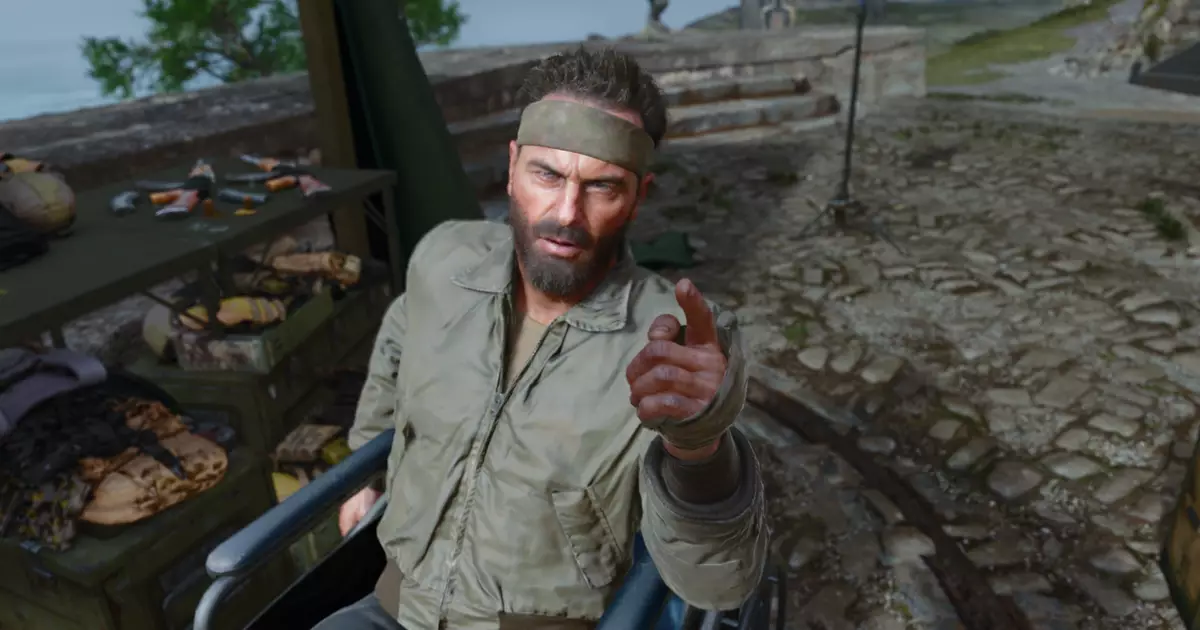The unfolding drama surrounding Peter Akemann, co-founder of Treyarch and president of Skydance Interactive, exemplifies the dangers of unregulated drone use, particularly in emergency scenarios. Recently, Akemann faced charges related to a significant incident where his drone collided with a firefighting aircraft while it was engaged in operations on the front lines of the Los Angeles wildfires. This incident highlights the considerable risks posed by drones when operated irresponsibly, especially during crises when every moment counts for first responders.
Akemann’s decision to fly his drone over an active firefighting operation not only breached established temporary restrictions but also endangered the lives of those bravely tackling the wildfires. The drone ultimately struck a Quebec Super Scooper—a specialized firefighting aircraft—inflicting damage that required grounding and repairs worth approximately $65,000. This collision, occurring amidst relentless efforts to combat the fire, raised significant questions regarding the protocols governing drone usage in emergency situations.
As reported, Akemann disregarded safety measures and flew his drone over two and a half kilometers towards the fire, losing sight of it before the collision. Here, the failure to ensure compliance with safety regulations became a crucial factor that aligned with the negligence charged against him. The impact created a considerable hole in the aircraft’s wing, rendering it inoperative, and necessitating immediate repairs—an action that delayed firefighting efforts. Such disregard for safety not only impacts financial resources but also can potentially threaten lives in an already hazardous environment.
Facing significant backlash, Akemann pled guilty to one count of unsafe operation of an unmanned aircraft, a misdemeanour that carries a potential penalty of up to a year in prison. However, his plea agreement aims for community service—150 hours focused on wildfire relief—rather than incarceration. This leniency raises concerns regarding accountability for actions that disrupt emergency services and may inspire others to operate drones recklessly without fear of serious repercussions.
The U.S. Attorney, Joseph T. McNally, wasted no time in condemning Akemann’s actions. He emphasized the critical importance of maintaining safe airspace for first responders, indicating that any interference could jeopardize their ability to save lives and protect property. Statements like these reinforce the belief that drone operators must be held to stringent standards, particularly in emergencies, where the dynamics and stakes are substantially different.
This incident serves as a catalyst for broader discussions about drone regulations, especially regarding their use during emergencies. The increasing prevalence of drones has not only introduced revolutionary possibilities for various sectors, including entertainment and delivery services, but also posed risks that must be addressed through stricter regulations and educational measures for operators. Ensuring that drone users are well aware of laws and restrictions in place is paramount for preventing future incidents that could have dire consequences.
Moreover, the discussions surrounding this case have highlighted the importance of technological safeguards in modern drones. Though Akemann’s defense team referenced a geofencing failure on his DJI drone, the incident raises questions about the reliability and enforcement of those safety features. If manufacturers can introduce fail-safes preventing drones from entering restricted areas, the need for education combined with advanced technology becomes even more critical.
The fallout from this incident extends beyond legal ramifications, sparking community engagement aimed at supporting those affected by the wildfires. Initiatives, such as those launched by Humble Bundle and Activision’s donation towards fire relief efforts, signify a collective response that not only acknowledges the damage caused by the fires themselves but also the broader implications of incidents like Akemann’s drone crash.
Looking ahead, it is essential for local governments, drone manufacturers, and community organizations to collaborate on creating comprehensive educational programs aimed at responsible drone use. These initiatives should foster awareness of safety practices, provide insights into regulatory compliance, and ultimately contribute to safeguarding first responders during critical operations.
The Akemann case serves as a compelling reminder of the potential dangers posed by drones when their operators neglect safety protocols, particularly during emergencies. It underscores the urgent need for stringent regulations, enhanced technological safeguards, and community education, all aimed at preventing future incidents that could have fatal consequences for those striving to protect and serve.

